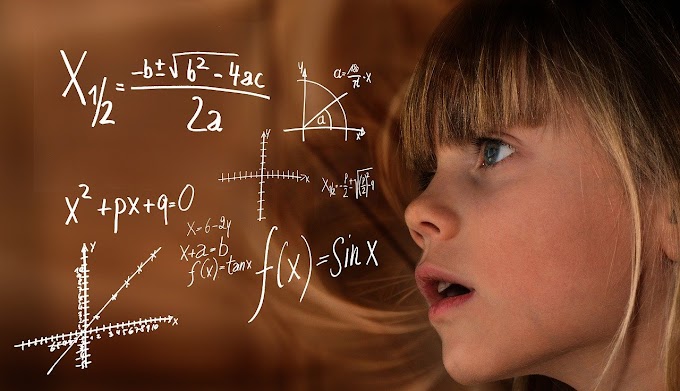M87 in 3D: New view of galaxy helps pin down mass of the black hole at its core
A detailed study of the motion of stars around the central supermassive black hole in the giant elliptical galaxy M87 has revealed that the galaxy is highly asymmetrical, despite appearing perfectly symmetrical when viewed from Earth. The galaxy's shortest axis is about 72.2% the length of its long axis, while the intermediate axis is around 84.5% that of the long axis. Researchers from the University of California, Berkeley, were able to use this information to determine the mass of the supermassive black hole at the galaxy's core to a high degree of precision, estimating it at 5.37 billion times the mass of the sun. They were also able to measure the rotation of the galaxy, which is a relatively sedate 25 km/s, and determined that it rotates about an axis that is 40 degrees away from the long axis of its two-dimensional image as observed by the Hubble Space Telescope.
 |
| M87 in 3D |
This new information could help astrophysicists learn about the spin of the black hole. Previously, they had no way to determine the spin of a black hole. The researchers will combine this information with the data from the Event Horizon Telescope to constrain the spin of the black hole, which could provide valuable insight into how large galaxies and large black holes form.
The researchers were able to determine the 3D shape of M87 thanks to a relatively new precision instrument called the Keck Cosmic Web Imager, which allowed them to measure the spectra of stars in the center of the galaxy. They pointed the telescope at 62 adjacent locations in the galaxy and recorded the spectra of stars within that region. This is the first time KCWI has been used to reconstruct the geometry of a distant galaxy, and M87 is one of only a handful of giant elliptical galaxies whose 3D structure has been determined. Ma's team had previously determined the 3D structure of two other giant elliptical galaxies, NGC 1453 and NGC 2693, both harboring smaller black holes than M87.
 |
| New view of galaxy helps pin down mass of the black hole at its core |
The researchers took the data obtained during four nights of Keck observations between 2020 and 2022, along with earlier photometric data for M87 from NASA's Hubble Space Telescope, and compared them to computer model predictions of how stars move around the center of a triaxial galaxy. The best fit to the data then allowed them to calculate the black hole mass. The results were published online on March 15 in The Astrophysical Journal Letters.



